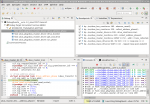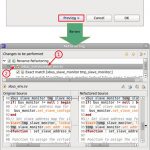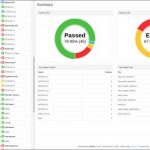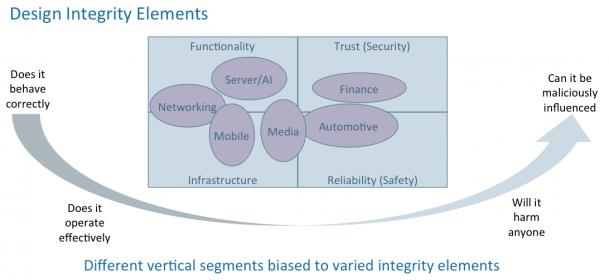You are currently viewing SemiWiki as a guest which gives you limited access to the site. To view blog comments and experience other SemiWiki features you must be a registered member. Registration is fast, simple, and absolutely free so please,
join our community today!
Today, Semiwiki profiles Verific Design Automation, perhaps the most popular company at DAC (when it’s an in-person event) because of its giveaway –– a 10”stuffed giraffe for anyone who walks up to its booth and listens to its story.
But, Verific is also a popular EDA company for more reasons than its tradeshow giveaway.… Read More
The other day, I was having one of my regular chats with Cristian Amitroaie, CEO and co-founder of AMIQ EDA. One of our subjects was a topic that we discussed last year, the wide range of languages and formats that chip design and verification engineers use these days. AMIQ EDA has put a lot of effort into adding support for many of these… Read More
As regular readers may know, every few months I check in with Cristian Amitroaie, CEO of AMIQ EDA, to see what’s new with the company and their products. In our posts so far this year we’ve focused on verification, and now I’m wondering how an integrated development environment (IDE) provides benefits to designers. They work on huge… Read More
It has become a cliché to start a blog post with a cliché, for example “Chip designs are forever getting larger and more complex” or “Verification now consumes 60% of a project’s resources.” Therefore, I’ll open this post with another cliché: “Designers need to know only one language, but verification engineers must know many.”… Read More
Every few months, I touch base with Cristian Amitroaie, CEO of AMIQ EDA, to learn more about how AMIQ is helping hardware design and verification engineers be more productive. Quite often, his answers surprise me. When he started describing their Design and Verification Tools (DVT) Eclipse Integrated Development Environment… Read More
I’ve enjoyed my past discussions with Cristian Amitroaie, the CEO of AMIQ EDA, in which we covered their Design and Verification Tools (DVT) Eclipse Integrated Development Environment (IDE) and their Verissimo SystemVerilog Testbench Linter. Cristian’s descriptions of AMIQ’s products and customers have intrigued me. They… Read More
It is important when talking about a market to first establish the need and potential growth, then determine how the market is being served. This requires examining product features and services offered. … Read More
This is it! This is the single page of code that Ákos Hadnagy wrote this summer to formally verify WARP-V, an open-source RISC-V CPU core.… Read More
A few months back, we interviewed Cristian Amitroaie, the CEO of AMIQ EDA. We talked mostly about their Design and Verification Tools (DVT) Eclipse Integrated Development Environment (IDE) and how it helps design and verification engineers develop code in SystemVerilog and several other languages. Cristian also mentioned… Read More
My usual practice when investing is to look at startup companies and try to understand if the market they are looking to serve has a significant opportunity for a new and disruptive technology. This piece compiles the ideas that I used to form an investment thesis in Portable Stimulus. Once collected, I often share ideas to get feedback.… Read More











